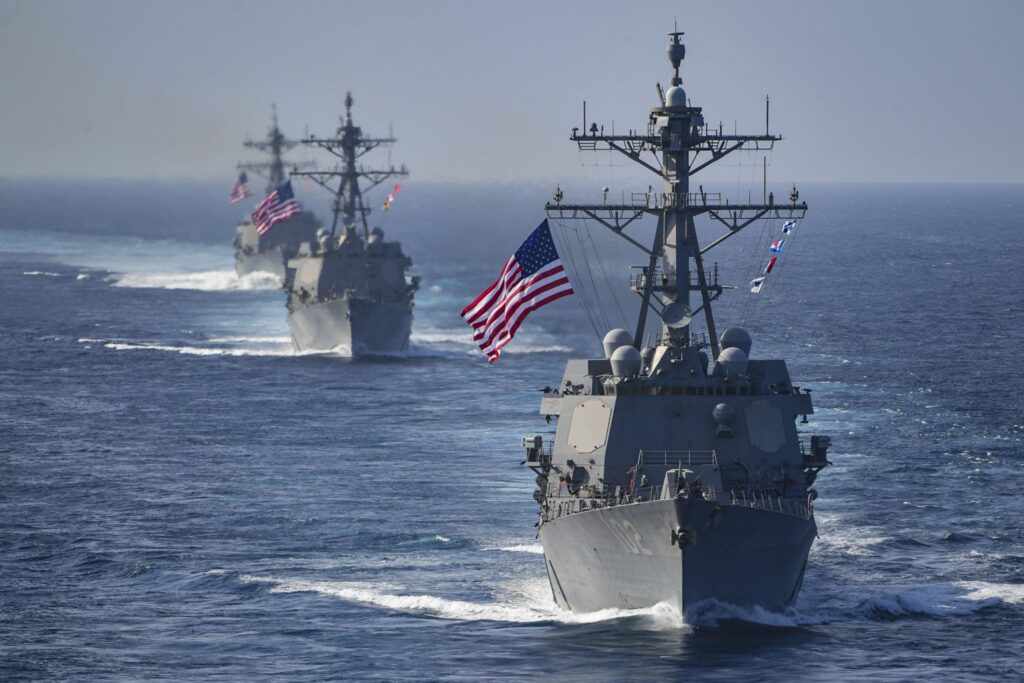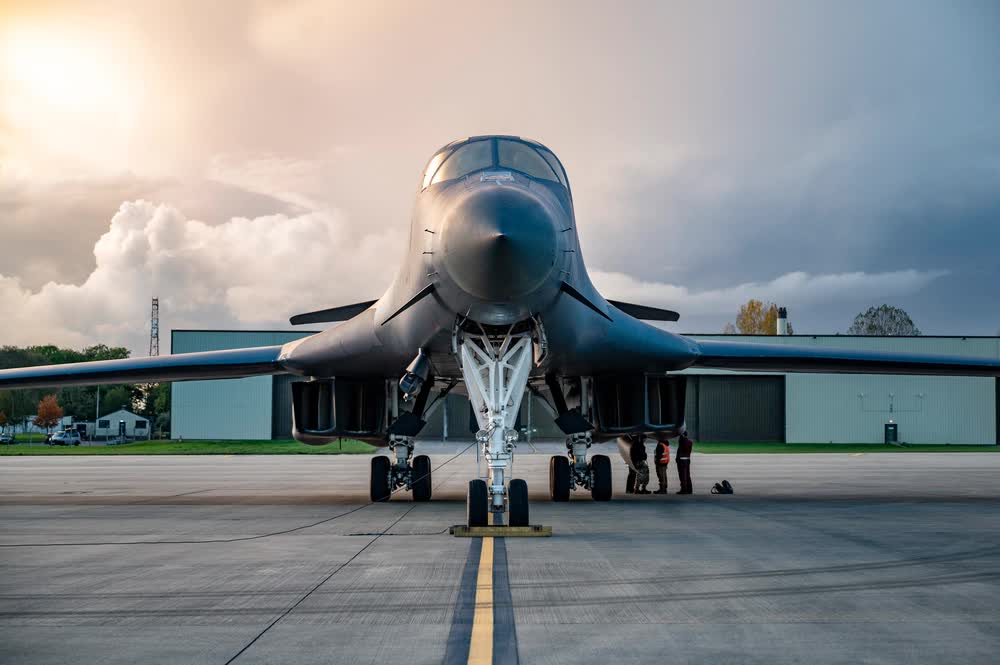The U.S. Navy has been increasingly assertive in its Freedom of Navigation Operations (FONOPs) in the South China Sea since 2015, with last year seeing more American warships sailing through contested portions of the waterway than at any time in recent history. On seven different occasions, U.S. Navy vessels violated China’s claims of sovereignty over the controversial patch of Pacific Ocean last year, demonstrating to China, and the world, America’s resolve in enforcing international norms throughout the region.
But what goes into FONOPs and why are we doing them?
The South China Sea and China’s Nine-Dash-Line
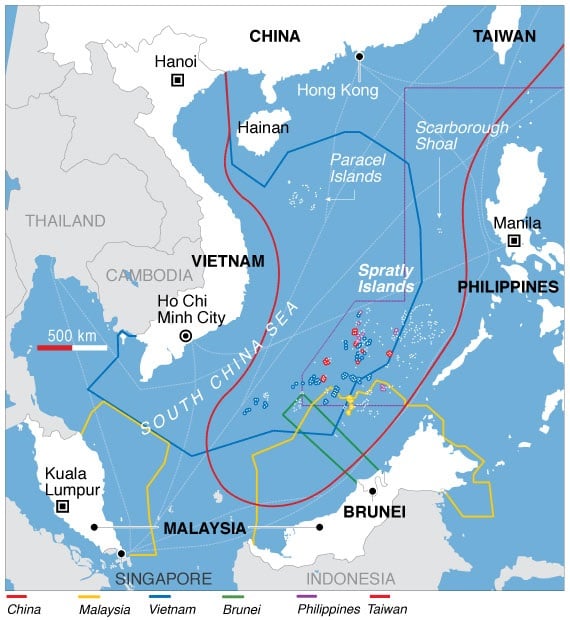
The image above shows a map of the South China Sea, with China’s claims of sovereignty reflected in dark red. As you can see, the red line stretches thousands of miles from China’s shores, overlapping the claims of other nations in the region. This far-reaching claim is commonly referred to as China’s Nine-Dash-Line, which the Chinese government has sought to enforce in two different ways. The first effort was based on historical precedent, with China pointing to its claims over the waterway that date back, in one form or another, the early 1900s. However, in 2016, an international tribunal in The Hague voted in favor of the Philippines’ assertion that China’s claims were illegal, and although China protested, the rest of the international community recognized the Hague ruling as legitimate.
Since then, China has begun taking and even building islands throughout the region and reinforcing them with military assets. This effort pays dividends to the Chinese in two important ways: These militarized islands make it easier for China’s rapidly expanding Navy to control the region, and international law dictates that the waters extending out to sea for 12 miles in all directions of such a land mass is “sovereign” territory of the island’s ruling nation. In other words, China is working to make their claims over the waterway legal by claiming distant islands as their own. Laws pertaining to exclusive economic zones make this a big deal — as the waters extending 250 miles out from a nation’s shores are considered its exclusive economic right.
What is a FONOP and what is its purpose?
Freedom of Navigation Operations, or FONOPs, are voyages meant to enforce international law in contested waterways. In simple terms, it means nations like the U.S. sailing their warships through regions of a waterway that should be considered international waters, but are subject to what America sees as illegal claims of ownership. In the South China Sea, it often means sailing warships to closer than 12 miles from China’s illegally obtained islands. In practice, this is meant as a way of showing China that America won’t acknowledge their claims, and the use of warships can be seen as a form of threat, as the inference could be that America would respond with force if China attempted to intercept them.
Of course, neither China nor the United States want to go to war, so these voyages are often seen as provocations that are responded to through media and diplomatic channels, with China accusing the United States and other nations of risking a conflict, and their opposition claiming it’s China’s illegal claims, not their voyages, that are the source of friction.
FONOPs are also conducted by air by flying military aircraft through the airspace above these same contested regions, and a number of videos have surfaced showing American aviators ignoring threatening warnings made by Chinese officials over the radio.
Are there risks associated with these FONOPs?
While these operations are widely considered to be more symbolic than tactical, there are indeed a number of risks involved. While conducting FONOP voyages, it’s not at all uncommon for Chinese warships or military aircraft to close with and tail American vessels. Any time there are two non-allied nation’s military assets in the same area, there’s some degree of risk involved, but that risk is heightened when both military assets are posturing on behalf of their respective nations.
In October of 2018, that risk almost resulted in a collision between an American Arleigh-Burke class guided missile destroyer and a Chinese Type 052C Luyang-II class guided-missile destroyer. The United States publicly claimed that China was the aggressor in the near collision, and images taken by the U.S. Navy’s aerial assets of the interaction seemed to substantiate those claims.
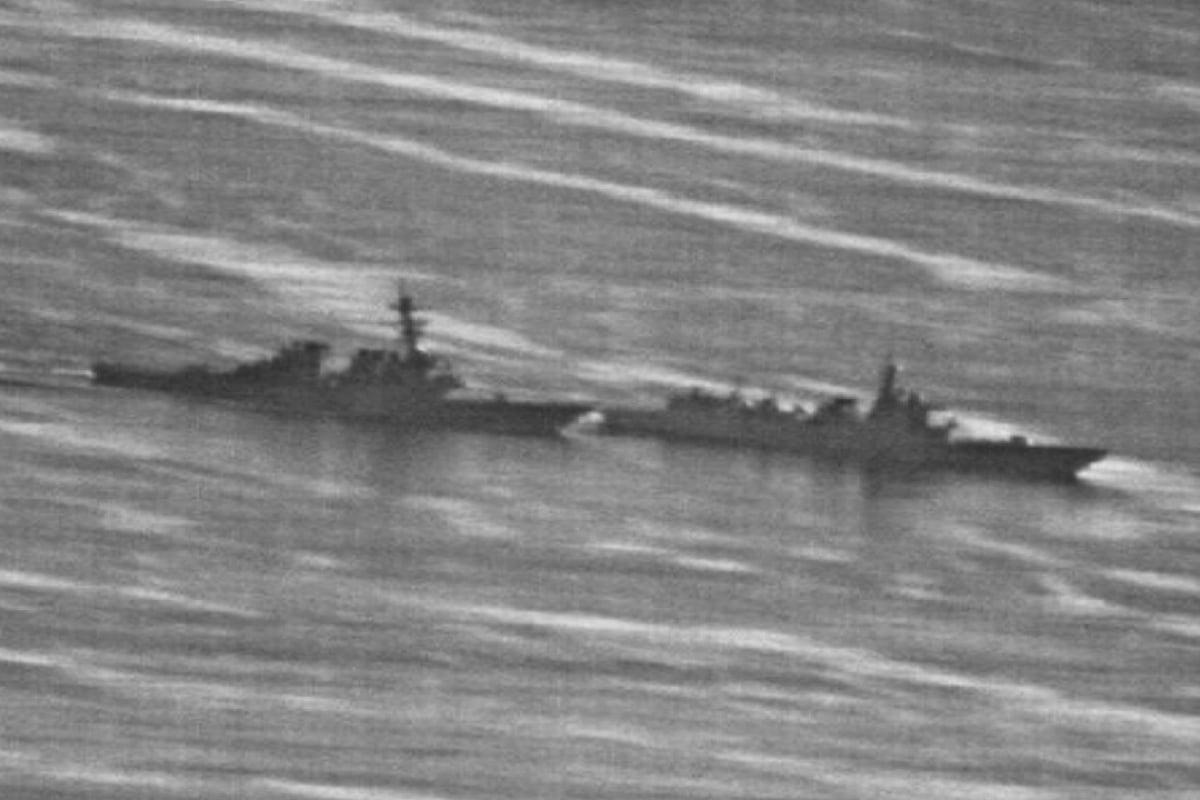
How does this all play out?
China’s People’s Liberation Army (their national military) has been undergoing a period of rapid expansion and modernization. China’s PLA-N (Navy) has seen perhaps the most significant surge in funding and development of all, with dozens of new ships being launched in recent years, including their own aircraft carriers and missile destroyers that are thought to be comparable to America’s. However, the nation still faces a number of hurdles before it can truly leverage its power in the South China Sea and around the globe.
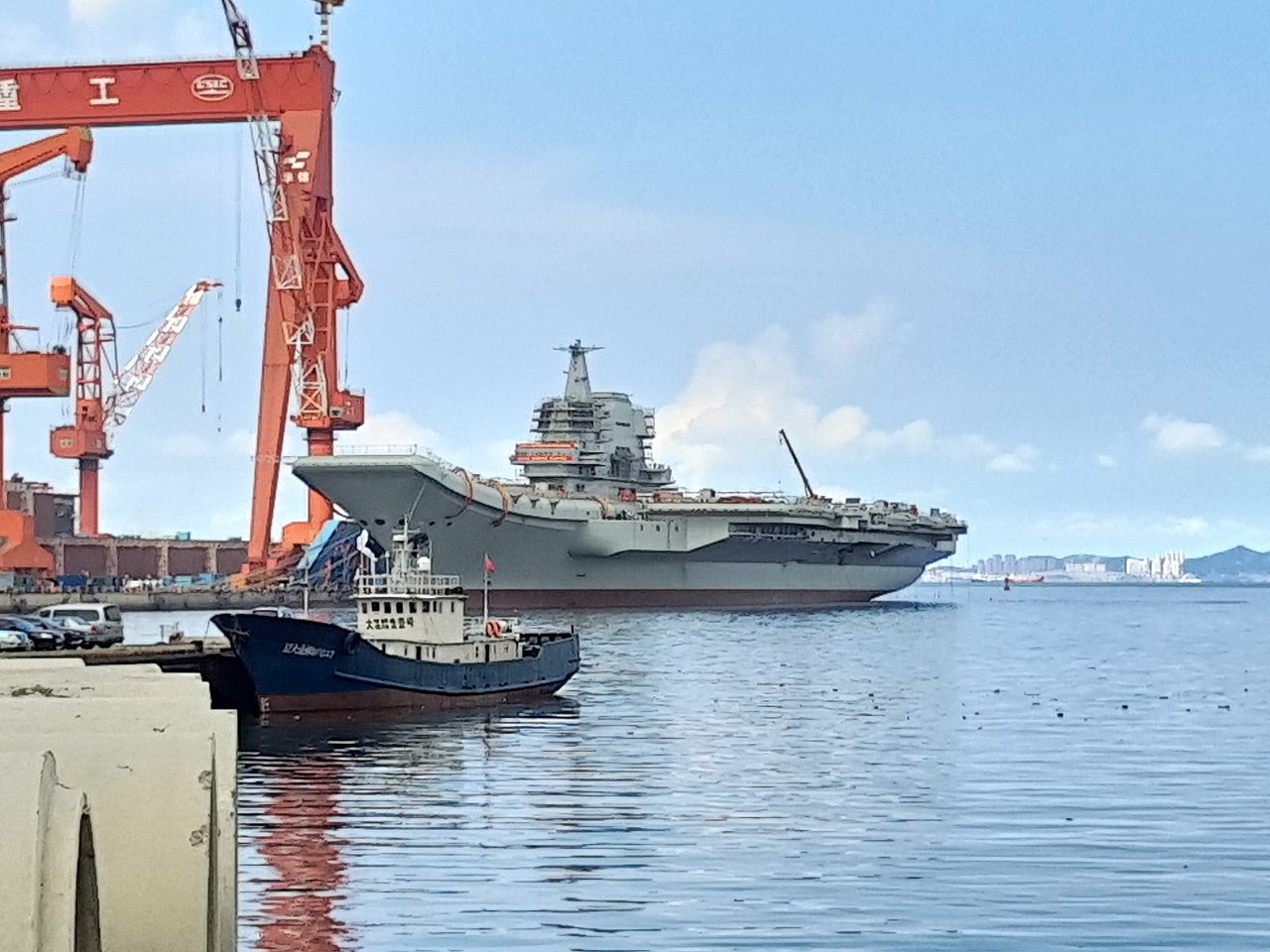
China’s Shenyang J-15 fighters, based on Russia’s Su-33, are facing a number of reliability issues that makes their rapidly growing stock of aircraft carriers (two operational, one in testing) rather ineffective. In the years to come, it’s assumed that China’s J-20 or forthcoming J-31 stealth fighters will be modified for carrier duty. China’s army, massive as it is, also currently relies on the nation’s train infrastructure to get around. So while China may have a number of advanced pieces of tech in their arsenals (including hypersonic anti-ship missiles), large portions of their military remain outdated and ineffective outside of China’s borders. That won’t be the case for long.
China’s economic and diplomatic efforts, like the Belt and Road Initiative, are buying China the leverage it needs in foreign nations to establish friendly resupply ports the world over, giving their growing Navy truly global reach. As China’s parallel military and diplomatic efforts mature, they will be better positioned to challenge the United States, and may become more aggressive in their efforts to lock down the South China Sea. That’s where the potential for war lies.
Fortunately, China and the United States benefit from one another economically, and for now, that economic value outweighs any potential for conflict. America may well win this conflict without ever firing a shot, with enough international support and a calculated use of military assets like the ongoing FONOPs.
Only time will tell.
This article was originally published 7/29/2020
Feature photo courtesy of Lt.j.g. Caleb Swigart , U.S. Navy
